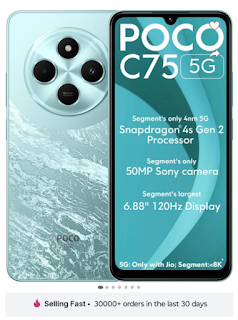When developing a product or feature for users, one of our primary goals is to understand customer behavior. However, customers don’t always consciously know what they want or how they will use a product. In ‘What Your Customer Wants and Can’t Tell You’, Melina Palmer explores how to influence customer choices more effectively using fundamental psychological principles.
This article highlights 9 of these psychological principles, along with real-world examples.
#1 Framing
Framing suggests that people perceive the same information differently depending on whether it is presented with a positive or negative emphasis. For example, “90% fat-free” and “10% fat content” convey the same meaning, but when given a choice, consumers are more likely to choose the product labeled “90% fat-free” because it sounds more appealing.
#2 Anchoring and Adjustment
This psychological principle suggests that the initial reference point significantly influences how users evaluate subsequent information. When making decisions, people tend to rely on the first piece of information they receive—the "anchor"—and then adjust their perception based on it. For example, e-commerce platforms may display a high original price of ₹2,098 before revealing a discounted price of ₹259. The original price serves as an anchor, making the discount seem like a much better deal.
#3 Relativity
Relativity suggests that users make decisions by comparing available options rather than evaluating them in isolation. They determine the value of an option based on how it compares to others. For example, Netflix offers multiple subscription plans, where the Standard plan appears significantly more valuable than the Basic plan. Additionally, the Premium plan subtly encourages users to make a small upgrade from Standard, leading them toward a higher-tier subscription.
#4 Loss Aversion
Loss aversion suggests that the fear of losing something influences decision-making more strongly than the pleasure of gaining something of equal value. Users are more motivated to avoid losses than to seek equivalent gains. For example, Amazon leverages this principle with ‘Limited Time Deals’, encouraging users to make quick purchases to secure discounted prices before the offer expires.
#5 Scarcity
Scarcity suggests that users assign greater value to items that are limited in availability. When something is perceived as rare or exclusive, it creates a sense of urgency and enhances desirability. For example, e-commerce platforms often display badges like “Only 2 left in stock” to prompt quicker purchasing decisions by making users feel they might miss out if they don’t act fast.
#6 Social Proof
Social proof suggests that when users see others have made a particular choice, they are more likely to follow the same as it signals trust and credibility. For example, for high value products, e-commerce players make the users aware of other users purchasing the product in recent days, building a sense of trust for the platform to buy the product from.
#7 Nudges and Choice Architecture
Nudges and choice architecture involve strategically designing options to guide users toward a desired decision without limiting their freedom. Subtle prompts influence behavior by making certain choices more appealing. For example, on Amazon, the “Amazon’s Choice” badge serves as a subtle cue that encourages users to purchase a particular product by signaling its quality and popularity.
#8 Pain of Paying
Pain of paying suggests that users experience discomfort when spending money, especially when the cost is highly visible. The more aware they are of the amount, the greater the psychological pain. For example, Flipkart emphasizes the EMI price rather than the full price of a product, making the cost seem more manageable and reducing the perceived financial burden.
#9 Reciprocity
Reciprocity suggests that users feel compelled to return a favor when they receive something for free or as a gesture of goodwill. This creates a sense of obligation, driving engagement and loyalty toward the product. For example, JioCinema streamed the IPL for free for Indian users, encouraging increased app adoption and fostering long-term user retention.
Please Note
The key difference between dark patterns and nudging lies in intent and transparency:
- Dark patterns are deceptive design tricks that manipulate users into making decisions they might not have made knowingly. They exploit psychology to trick users. For example: hidden fees and guilt-tripping messages.
- Nudging is a subtle and ethical use of psychology to encourage beneficial behaviors without deception. It influences but doesn’t force or mislead.








